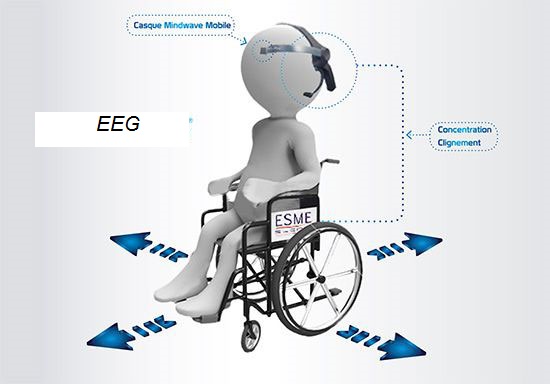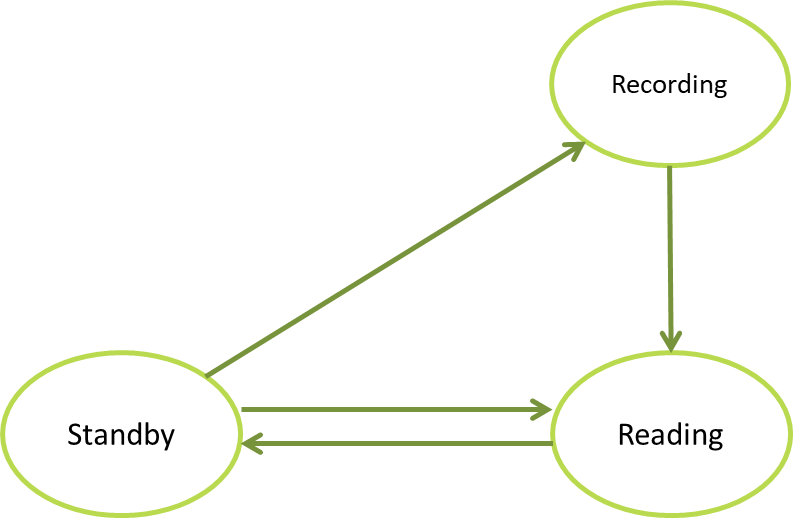


EM113 » Wheelchair control through EEG
driving wheelchair by electroencephalography (EEG).
1. Design Goals
When you are being in a word after not a few wars, you well find yourself surrounded by a non-neglected number of disabled persons. Oure purpose in this project is to reduce some of these humans’ difficulties by driving a wheelchair just by imaging. User’s controls are straightforward, just an EEG (ElectroEncephaloGram) sensor that put on the scalp, switch, and display screen (may be used in future designs). Using FPGA feature of processing parallel input of EEG, we expect to produce a fast and low cost calculations.
2. Application areas and Target users
The scope of EEG is growing. By using EEG with FPGA, disabled people can not only move a wheelchair, but also drive cars. EEG is not exclusive for disabled people only; anyone can use this technology to play music by just hear it inside your mind, calling, thinking of words rather than typing them and more unbounded applications, these applications need a high speed processing. Furthermore EEG can be used to help blind people, for instance, using their phone.

Wheelchair control block diagram
1. Processing Section :
A) FSM For RAM: Controls modes, which essentially branch into three states:
Recording: Collecting data (thoughts) form the user to a corresponding action (move forward/ backward or turn left/right).
Reading: Comparing current data comes from user (thoughts) with the collected data in Recording mode.
Standby: Doing nothing, in case the user wants to stop a couple of minutes.

FSM For RAM state diagram
B) EEG Convertor: Converts the input signal into parallel input (in case we use USB as input port rather than GPIO).
C) RAM: Stores the data comes from the EEG after it is been converted by EEG Convertor, when the user in Recording mode. Or sends stored data to the EEG Comparator to compare it with current receiving data (thoughts) of user when Read mode is selected.
D) Comparator: Compares current data comes from user (thoughts) with the stored data in the RAM.
E) Motors Selector: decides which motor to be running according to the result of Comparator. Basically there will be two motors (Left & Right).
2. Inputs/Outputs :

System flow diagram
The main benefit of using FPGA in our design is to process all input signals from EEG in the same time. We believe that will make the overall operation faster. Other advantage is energy efficiency comparing with CPUs as we expect to be. One more important virtue is that it is easy to extend the design. We wish we will be able to add more features, like sensors to avoid crashing and falling from edges or add an LCD to replace LEDs.